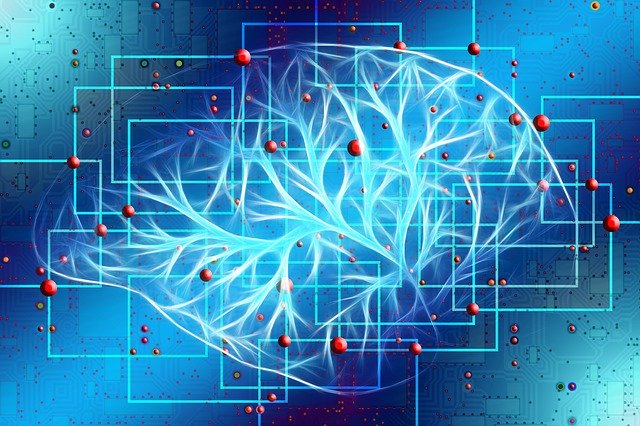Data Science
Data science is an interdisciplinary field that uses a collection of techniques to extract value from data. It uses analytics and machine learning to help users make forecasts, and improve optimization, operations, and decision-making. Data science has been growing in popularity over the past few years and has been called “the sexiest job of the 21st century.”
Modern technologies have made it possible to create and store unprecedented amounts of information. As a result, data volumes have grown rapidly. Experts estimate that 90% of all data in the world has been created in the last two years.
For example, Facebook users upload 10 million photos every hour. The number of devices connected to the Internet of Things (IoT) will increase to 75 billion by 2025. Data science has become an essential tool for any organization that collects, stores, and processes data. Organizations engage data research teams to optimize products and services and gain a competitive advantage.
For example, analysis of carrier data provides an opportunity to identify customers who may be leaving and make efforts to retain them. Logistics companies analyze traffic congestion, weather conditions, and other factors that help speed delivery and reduce costs. Medical companies use medical test data and symptom descriptions to speed up diagnosis and treat diseases more effectively.
A lot of program libraries, platforms, and tools have been developed, which effectively implement the most common algorithms and techniques used in data science. Anyone who becomes a data scientist will undoubtedly know the library for scientific computation NumPy, the library for machine learning Scikit-learn, and the library for data analysis Pandas.
There is a healthy debate about which programming language is best suited to use for data science. Many insist on the statistical programming language R. Some offer Java or Scala. Some think that Python is an ideal option. Python has several features that make it particularly suitable for learning and solving data science problems: it’s free; it’s relatively easy to write code (and especially to understand); it has hundreds of libraries designed for use in data science.
Data Scientists need to know the answers to many questions. In the business world, there is a growing demand for forecasting and optimization based on real-time data analysis.
The process of data analysis begins with the collection of data from reliable sources, data cleansing and converting it into a format understandable for machines. The next step is to identify trends and patterns using statistical methods and other algorithms. After that, the machine learning models are trained and configured for forecasting, and in the last step, the results are interpreted.
Advances in AI, machine learning and automation have raised the standards of business tools for data processing and analysis. This has led to the formation of data processing and analysis teams: data processing professionals, data researchers, programmers, engineers and business analysts have begun to appear in various departments.
All this opens up huge opportunities. Automating tedious data processing tasks such as data preprocessing and analysis without programming experience helps to maintain business flexibility and innovation. Automation of data processing and analysis frees up the time of specialists for more interesting and useful cases in their field. Human intelligence combined with data processing and analysis technologies, as well as automation, helps use data much more efficiently than before.
Feature Image by Gerd Altmann from Pixabay


This is great article and it is very informative. I got a knowledge about data science. Thanks for sharing this informative article.
want to learn data science and want to make your career as data scientist? Learnbay offers data science courses in pune and students engage in real-world projects designed by industry professionals.